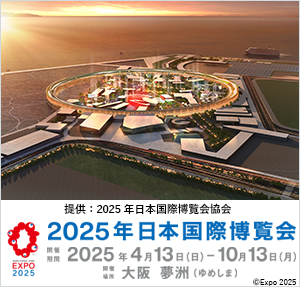Texas Cardiac Arrhythmia Institute physicians participate in clinical trial for 4D imaging technology for complex heart procedures
PR85317
AUSTIN, Texas, Aug. 31, 2020 /PRNewswire=KYODO JBN/--
Physicians with the Texas Cardiac Arrhythmia Institute (TCAI) at St. David's
Medical Center (https://c212.net/c/link/?t=0&l=en&o=2902838-1&h=1556582693&u=https%3A%2F%2Ftcainstitute.com%2F&a=Texas+Cardiac+Arrhythmia+Institute+(TCAI)+at+St.+David%27s+Medical+Center ) are among the first in the world
to participate in a clinical trial to evaluate a new intra-cardiac echocardiography catheter.
Andrea Natale, M.D., F.H.R.S., F.A.C.C., F.E.S.C., cardiac electrophysiologist and executive
medical director of TCAI, and Amin Al-Ahmad, M.D., cardiac electrophysiologist at TCAI,
recently participated in the first-in-human trials of this catheter in Europe,
in preparation for conducting in-human trials at St. David's Medical Center in
Central Texas next year.
What distinguishes this catheter—the NuVision(TM) ICE Catheter--from previous
versions is 4D imaging, which is designed to better guide complex cardiac
procedures, improve outcomes and reduce procedure times, all of which are
beneficial to the patient.
"As ablation technologies continue to evolve, and procedures become
increasingly complex, there is a growing need for advanced intracardiac imaging
beyond the capabilities of 3D imaging," Dr. Natale said. "4D imaging provides a
high-resolution view of the heart structure during a complex intervention to
lessen the likelihood of complications during ablation procedures. We are
committed to providing leading-edge treatment to our patients, and we look
forward to bringing this important advancement to St. David's Medical Center."
This catheter offers all of the imaging capabilities of previous imaging
platforms with the added spatial benefits of real-time intracardiac 3D
guidance, giving physicians an advanced view of the heart in motion during
complex structural heart surgeries, appendage closures and cardiac ablation
procedures. This enhanced visualization allows physicians to better assess
complex cardiac structures with the potential to improve patient outcomes while
reducing procedure times and fluoroscopy (X-ray) exposure. It also gives
physicians better control of the image generation by allowing them to guide the
catheter throughout the procedure.
"Through the Texas Cardiac Arrhythmia Institute at St. David's Medical Center,
we are committed to advancing the level of care for patients with cardiac
conditions," Dr. Al-Ahmad said. "Having the ability to view direct images of a
procedure in real time allows us to more safely and effectively treat patients."
4D imaging also allows doctors to perform structural heart procedures under
conscious sedation, which is associated with a lower risk of complications for patients.
Media Contact:
Erin Ochoa
Elizabeth Christian Public Relations
EOchoa@EChristianPR.com
+1-512-788-1616 cell
SOURCE: Texas Cardiac Arrhythmia Institute at St. David’s Medical Center
本プレスリリースは発表元が入力した原稿をそのまま掲載しております。また、プレスリリースへのお問い合わせは発表元に直接お願いいたします。
このプレスリリースには、報道機関向けの情報があります。
プレス会員登録を行うと、広報担当者の連絡先や、イベント・記者会見の情報など、報道機関だけに公開する情報が閲覧できるようになります。










